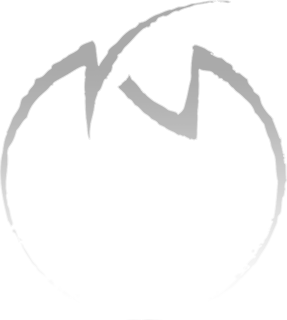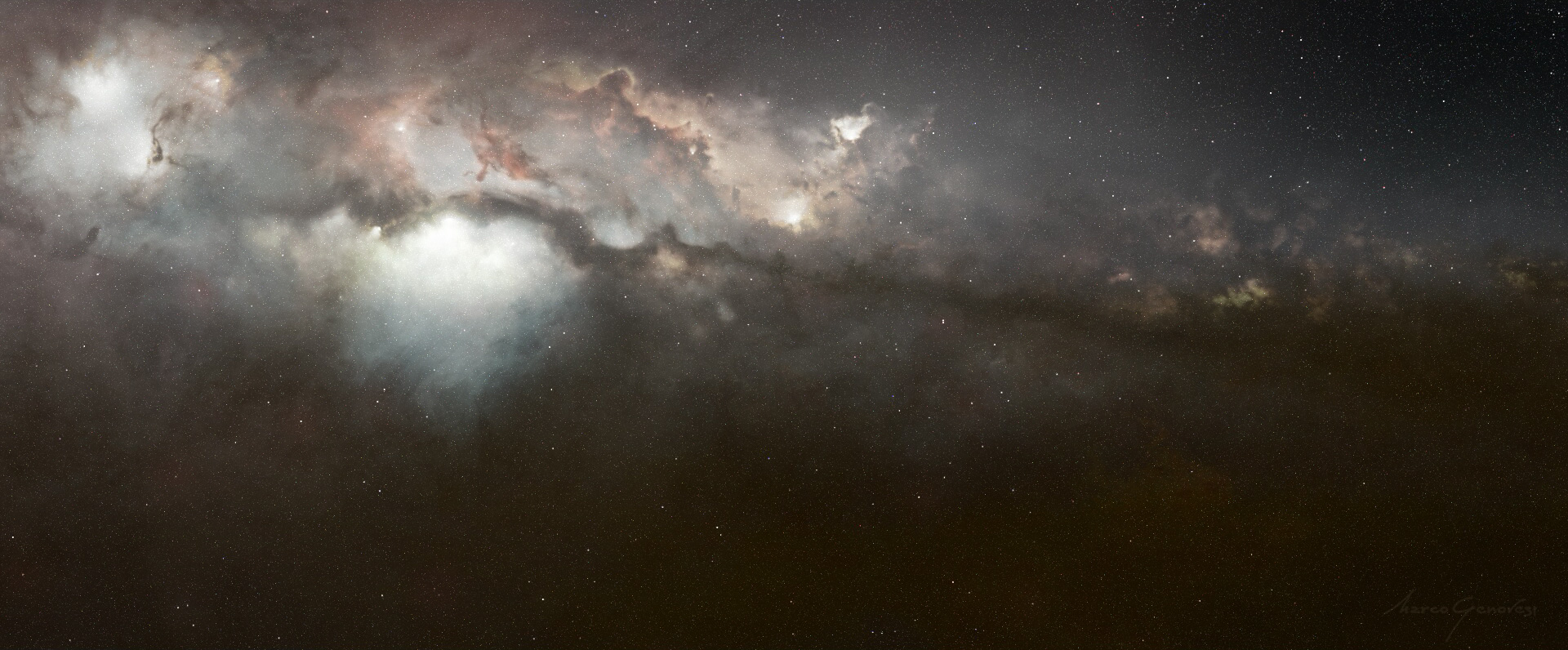I don’t know how much of that is obvious to the audience, but The Space Environment setup for this show has been a real labour of love.
The first time I created a setup for a space shot it was back in my Lightwave (5.6) days. It must have been 1995, when my childhood friend Alberto Gelpi and I created a flight through a nebula with a very limited tool set and ridiculously slim computational resources (by today’s standards).
This time a little army of artists*, including myself, spent time painting or extracting nebulas and other photographic elements from hi-res Nasa (CC) photography. All these elements became the raw material on which (the always amazing) Jules Bodenstein and I based a massive nuke script that simulated a ‘volumetric’ recreation of the space around the Avalon. The pre-requisites of the setup were that it had to be flexible and heavily art-directable at any moment in time (including the very last Compositing stage) and it had to allow for very smooth and deep parallax. Moreover, the stars had to be recreated to serve any possible shot and hence their look had to be consistent from very wide to very long lenses hence we had to take into account the way stars are optically captured and represented by photography. This seems a trivial problem but sampling super bright objects less than a pixel wide offered a number of challenges and contributed toward the most complex and heavy Nuke scripts I have ever seen.
In this huge technical and logistical endeavour I was lucky enough to gain the supervisors’ trust and hence I was given the opportunity to steer/design the look of two (out of the three) setups used for the entire show.
*As usual, I feel it’s important to not forget the precious contribution of my friends and colleagues: Danny Geurtsen, Jacek Pilarski, Marco Rolandi, Ed Babb and Jules Bodenstein which provided very good raw elements I could play with and support throughout the process.














